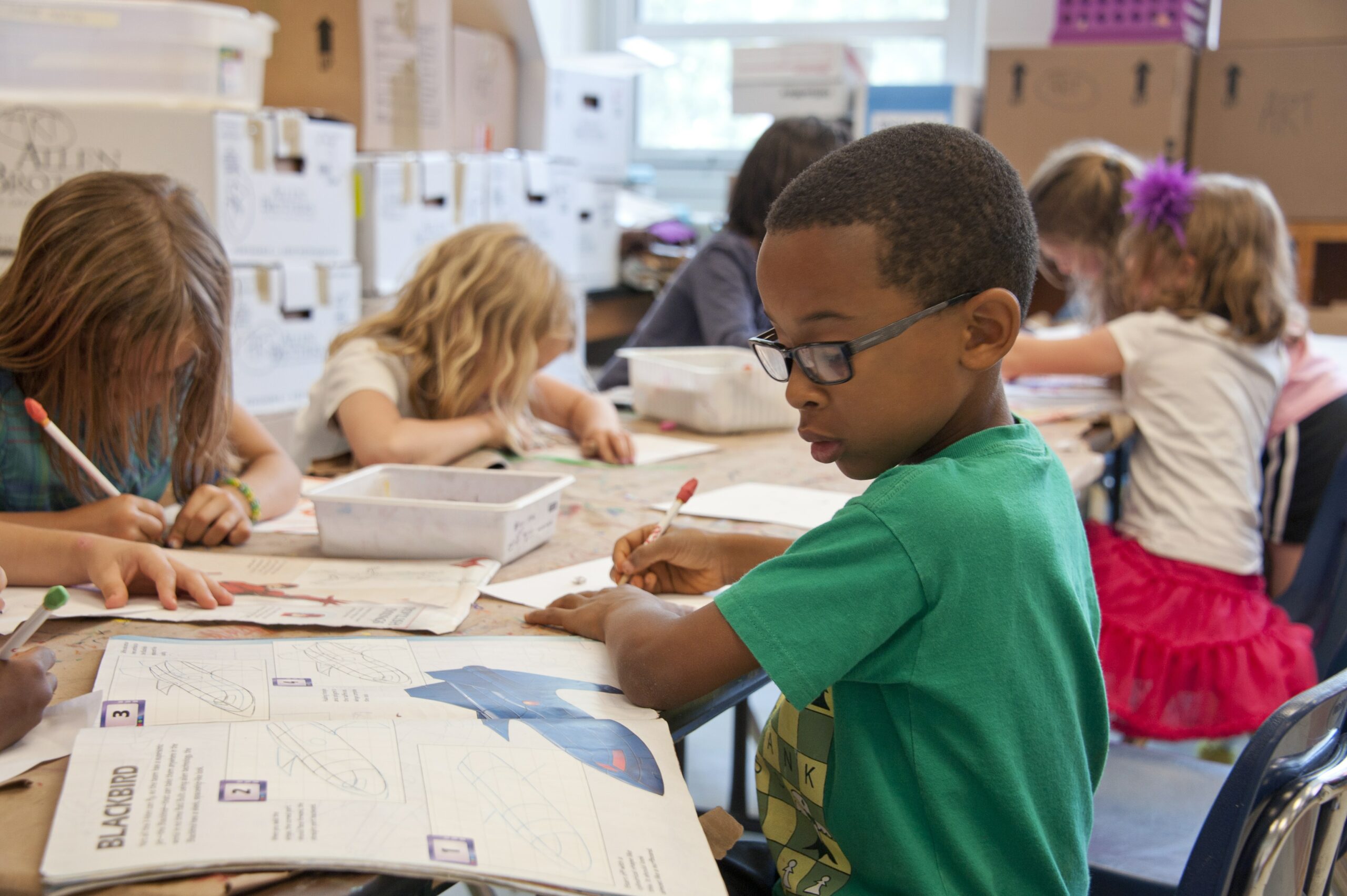 Kids are back in school again and most educators are acutely aware of the potential social emotional needs of students. The past few years have been very challenging for many teachers. Anxiety, social insecurities, inability to focus, distractions coming from many angles were worse than prepandenmic times. How can teachers give students the opportunity to stay present, grounded, feel accepted, and focus on learning? One simple and free way is by using The Imagine Project.
Kids are back in school again and most educators are acutely aware of the potential social emotional needs of students. The past few years have been very challenging for many teachers. Anxiety, social insecurities, inability to focus, distractions coming from many angles were worse than prepandenmic times. How can teachers give students the opportunity to stay present, grounded, feel accepted, and focus on learning? One simple and free way is by using The Imagine Project.
Emotional support through writing
The Imagine Project is a writing tool that gives kids an opportunity to talk about issues that are bothering them; a difficult life event or a stressful situations they’ve experienced recently or in the past. This is done by having students K-12 write their story using Imagine to begin every sentence. They follow a 7-step simple writing process that’s in a journal format. The journals can be downloaded (for free) at www.theimagineproject.org. The beautiful part of this writing process is in Step 4 where the writer is asked to Imagine a new, more positive version of their story—helping them shift to a positive mindset, giving them the social emotional support to move forward and learn.
How to begin
Students can begin the first few weeks of school by writing a story about coming back to school—their worries, hopes, and dreams. They can keep an Imagine journal and write it in often, on their own or together in the classroom; particularly when there is an emotional event in their lives, classroom, school, or in the world. Using this process often teaches students a tool they can use whenever needed as difficult life circumstances occur. It also helps to create a relationship between the teacher and student, and even with other students.
Social Emotional support in the classroom
When classrooms do The Imagine Project together and read their stories out loud to each other, empathy and camaraderie are created. Kids hear that they aren’t alone in their experiences and they feel a sense of relief in telling their story, and a sense that they’ve been heard. It’s a remarkable and beautiful process to watch students in a classroom come together and support one another. Relationships are critical for our social emotional health, as is self-expression. The Imagine Projecthelps promote both of these. Watch here to teachers and students talking about using The Imagine Project in their classrooms.
Student Stress
When a student is experiencing stress (past or present) it’s difficult for them to make friends, focus, and learn in school. Giving them a simple process (that meets many core standards and can be incorporated into many lessons plans) will support their social emotional needs and growth–something students need now more than ever. To learn more and get started go to The Imagine Project Getting Started page. If you recognize the value of social emotional support for students as students go back to school and throughout the school year, you will love The Imagine Project!
For those who’s child is in college, Click here to read a wonderful blog about Mental Health in College: A Guide for Students and Families.
Thank you,
Dianne
Dianne is the founder and CEO of The Imagine Project, Inc., a nonprofit organization that helps children K-12 (and adults) process and heal from difficult life circumstances through expressive writing. Dianne has her Masters in Psychiatric/Mental Health Nursing, is a thought leader in stress and trauma in children, has written multiple award winning books including The Imagine Project: Empowering Kids to Rise Above Drama, Trauma, and Stress. She is an international speaker, lives in Colorado and has 3 grown children. Learn more about The Imagine Project at www.theimagineproject.org.

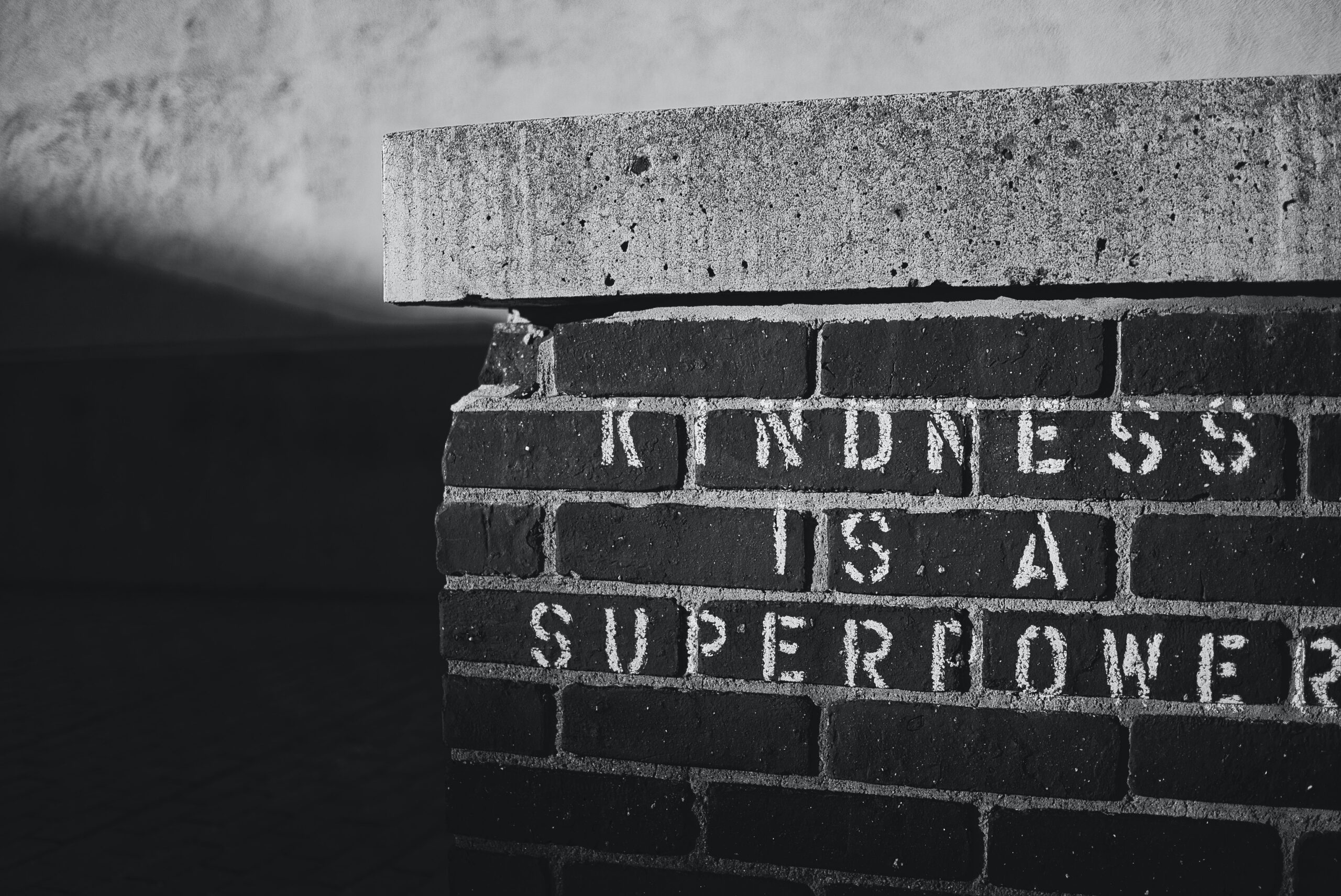 We all understand that kids learn by watching their parents and other adults in their lives. If those guiding adults are kind and optimistic, then they will watch and learn. But sometimes we get busy and forget these important behaviors ourselves. Or our kids need extra help learning how to be kind and optimistic. Kindness and optimism are so important in our world and high on the list for making sure our kids practice them.
We all understand that kids learn by watching their parents and other adults in their lives. If those guiding adults are kind and optimistic, then they will watch and learn. But sometimes we get busy and forget these important behaviors ourselves. Or our kids need extra help learning how to be kind and optimistic. Kindness and optimism are so important in our world and high on the list for making sure our kids practice them.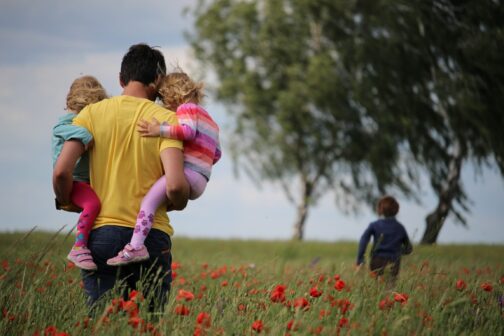
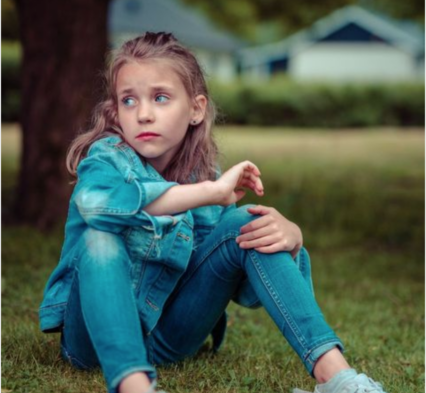 Is Your Child Stressed?
Is Your Child Stressed? Most adults and children feel anxiety at some point in their lives. Unfortunately, the incidence of anxiety has increased over the last decade, and dramatically increased since the pandemic began. Anxiety is evoked by a change in life’s normal patterns or new unexpected events, challenging experiences, watching social media, even pressure from work, school, parents, friends, and family. Children may feel more anxiety because of changes in classrooms, life’s developmental challenges, feeling left out, too much pressure from family or school, and/or confusion about how life is supposed to work as they watch social media and new experiences of life unfold around them.
Most adults and children feel anxiety at some point in their lives. Unfortunately, the incidence of anxiety has increased over the last decade, and dramatically increased since the pandemic began. Anxiety is evoked by a change in life’s normal patterns or new unexpected events, challenging experiences, watching social media, even pressure from work, school, parents, friends, and family. Children may feel more anxiety because of changes in classrooms, life’s developmental challenges, feeling left out, too much pressure from family or school, and/or confusion about how life is supposed to work as they watch social media and new experiences of life unfold around them. The Imagine Project became a nonprofit a little over 5 years ago. We have grown tremendously in those 5 years, currently reaching over a quarter of a million kids! The journey of starting a nonprofit is always a challenging one with many obstacles and lessons, and we have survived and thrived! The lessons of business are expected, but the powerful lessons of life that the thousands of stories we’ve heard that go far beyond what we had expected. I’d love to share what we’ve learned.
The Imagine Project became a nonprofit a little over 5 years ago. We have grown tremendously in those 5 years, currently reaching over a quarter of a million kids! The journey of starting a nonprofit is always a challenging one with many obstacles and lessons, and we have survived and thrived! The lessons of business are expected, but the powerful lessons of life that the thousands of stories we’ve heard that go far beyond what we had expected. I’d love to share what we’ve learned. Transitioning to a Trauma Informed School has become an important movement across the United States, particularly in those schools with a high population of at-risk students. Schools in poorer communities, communities with high crime, even rural areas are seeing the positive effects of applying Trauma Informed principles into their overall curriculum. Even if your school does not have a high-risk student population, it’s important to understand that trauma is in all schools. Yes, it may be higher in certain communities, but as many know, the ACES research showed that 50% of all kids in white, middle class, well-educated communities have at least one traumatic experience before the age of 17. This means every school has students who’ve experienced trauma. Becoming a Trauma Informed School is of utmost importance in helping all children succeed in school, and in life.
Transitioning to a Trauma Informed School has become an important movement across the United States, particularly in those schools with a high population of at-risk students. Schools in poorer communities, communities with high crime, even rural areas are seeing the positive effects of applying Trauma Informed principles into their overall curriculum. Even if your school does not have a high-risk student population, it’s important to understand that trauma is in all schools. Yes, it may be higher in certain communities, but as many know, the ACES research showed that 50% of all kids in white, middle class, well-educated communities have at least one traumatic experience before the age of 17. This means every school has students who’ve experienced trauma. Becoming a Trauma Informed School is of utmost importance in helping all children succeed in school, and in life.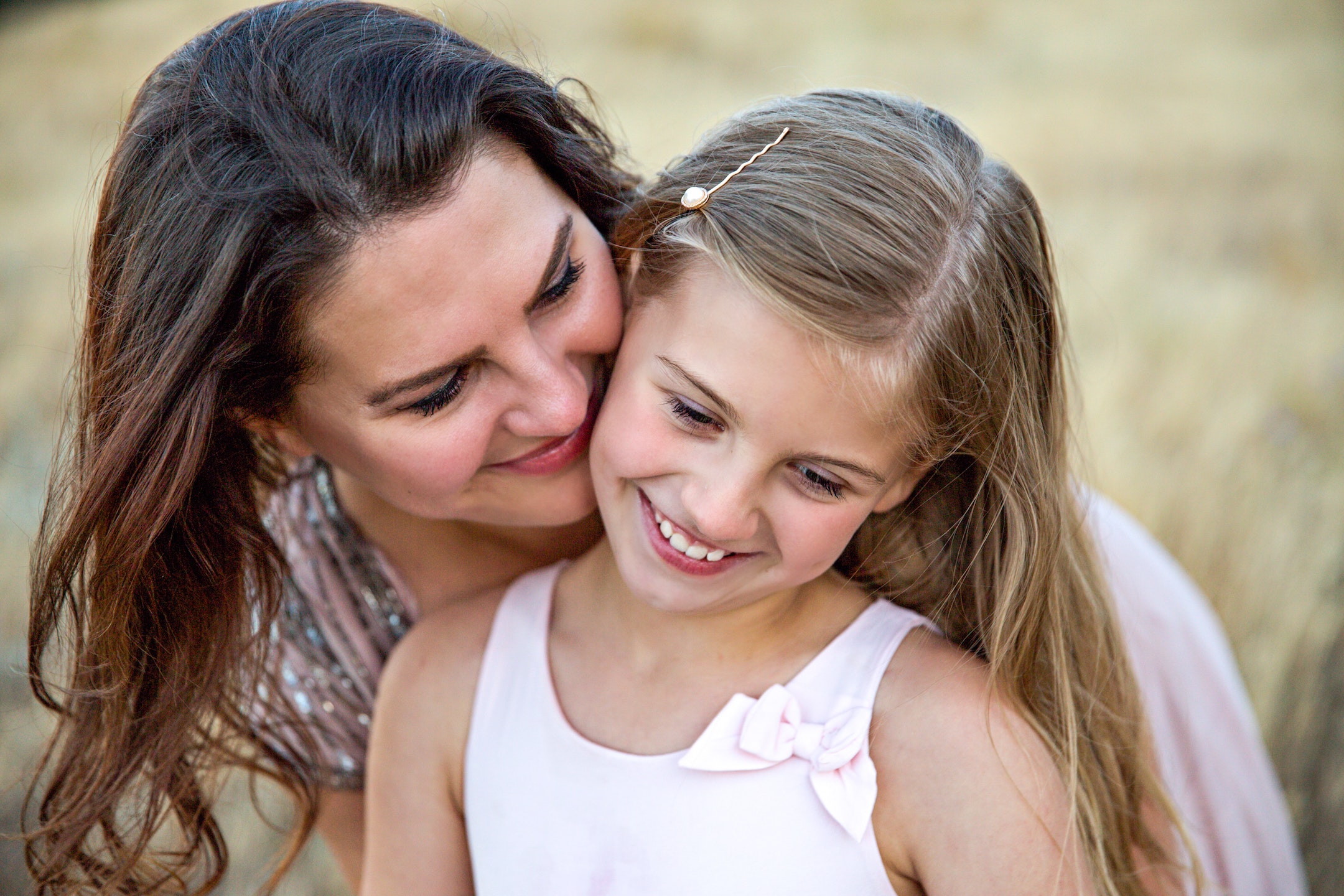 Ugh, life has been challenging lately, sometimes down right hard! Many of us are facing situations we never thought we would ever encounter. The stress is real—for all of us. Even if our situation is doable, we still see and feel the stress in the world. Behind the masks we can see stress in someone’s body language, lack of eye-to-eye contact, or maybe their behavior is less than kind. Adults are feeling stress, but kids are too—all ages of kids are feeling it—from babies to teens.
Ugh, life has been challenging lately, sometimes down right hard! Many of us are facing situations we never thought we would ever encounter. The stress is real—for all of us. Even if our situation is doable, we still see and feel the stress in the world. Behind the masks we can see stress in someone’s body language, lack of eye-to-eye contact, or maybe their behavior is less than kind. Adults are feeling stress, but kids are too—all ages of kids are feeling it—from babies to teens. Stress is running high right now. Everyone is feeling it, whether it’s a change in our everyday routines, being worried about a loved one, or the extreme stress of losing your home and/or job. If adults are feeling it, so are our children—no matter what the age. We all need some help coping. Mindfulness can be a great tool to keep us grounded so that our fear and worry emotions don’t get the best of us. The Imagine Project is a form of Mindfullness, it helps with processing how we feel, as well as centering ourselves.
Stress is running high right now. Everyone is feeling it, whether it’s a change in our everyday routines, being worried about a loved one, or the extreme stress of losing your home and/or job. If adults are feeling it, so are our children—no matter what the age. We all need some help coping. Mindfulness can be a great tool to keep us grounded so that our fear and worry emotions don’t get the best of us. The Imagine Project is a form of Mindfullness, it helps with processing how we feel, as well as centering ourselves.